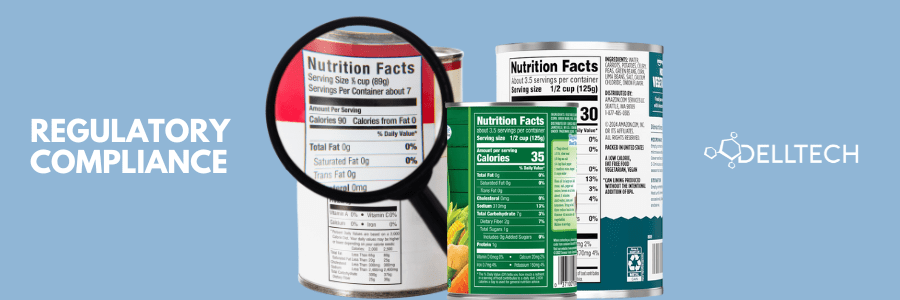By: Farah El Saad, JUNIOR LABORATORY TECHNICIAN, email
Ocular irritation is a significant concern, particularly in the context of product safety and regulatory compliance. The Organization for Economic Co-operation and Development (OECD) Test Guideline (TG) 496 provides a framework for evaluating the potential of chemicals to cause eye irritation or damage. This blog explores ocular irritation, its assessment through OECD TG 496, and its implications for product safety.
What is Ocular Irritation?
Ocular irritation refers to discomfort or pain in the eyes, characterized by symptoms such as redness, itching, dryness, and a gritty sensation. This condition can arise from various sources, including environmental factors, lifestyle choices, and exposure to chemicals.
OECD Test Guideline 496: An Overview
OECD TG 496 is a guideline for in vitro testing to determine the eye irritation potential of chemicals. It focuses on the use of reconstructed human cornea-like epithelium (RhCE) models to assess ocular irritation without the need for animal testing. This approach aligns with the principles of the 3Rs (Replacement, Reduction, and Refinement) in animal testing.
Key Components of OECD TG 496
- Reconstructed Human Cornea-like Epithelium (RhCE) Models: These models mimic the human corneal epithelium and provide a reliable in vitro alternative for eye irritation testing.
- Test Procedures: The guideline outlines specific procedures for exposing the RhCE models to test chemicals and measuring their effects on cell viability and tissue integrity.
- Classification Criteria: Based on the results, chemicals are classified according to their potential to cause eye irritation or serious eye damage.
Importance of OECD TG 496 in Product Safety
- Regulatory Compliance: Compliance with OECD TG 496 is crucial for meeting regulatory requirements and ensuring the safety of products that come into contact with human eyes.
- Consumer Protection: By accurately assessing the eye irritation potential of chemicals, companies can protect consumers from harmful effects and enhance product safety.
- Ethical Considerations: The use of in vitro methods reduces the need for animal testing, aligning with ethical standards and regulatory guidelines. Canada proposed an end to animal testing in cosmetics and other consumer chemicals like household cleaners, in 2023.
Managing Ocular Irritation: Practical Implications
- Product Formulation: Understanding the irritation potential of ingredients helps in formulating safer products, particularly in cosmetics, pharmaceuticals, and cleaning agents.
- Labeling and Instructions: Proper labelling and usage instructions based on irritation potential ensure consumer awareness and safe handling of products.
- Continuous Monitoring: Ongoing testing and monitoring of products for ocular irritation potential help maintain safety standards and comply with evolving regulations.
Case Studies: Application of OECD TG 496
Cosmetics Industry
A cosmetic company reformulated an eye shadow product after OECD TG 496 testing revealed high irritation potential, resulting in a safer, consumer-friendly product.
Pharmaceuticals
A pharmaceutical manufacturer used OECD TG 496 to assess the safety of a new eye drop formulation, ensuring it met regulatory standards before market release.
Cleaning Products
A household cleaner was reformulated to reduce ocular irritation potential, identified through OECD TG 496 testing, enhancing user safety.
How Dell Tech Can Help with Managing Ocular Irritation in the Context of OECD TG 496
Ocular irritation is a critical aspect of product safety, and OECD Test Guideline 496 provides a robust framework for its assessment. Dell Tech’s Lab Services Group now offers in vitro methods, including Ocular Irritection® (OECD 496) so that our clients can ensure regulatory compliance, protect consumers, and adhere to ethical standards. Understanding and managing ocular irritation through OECD TG 496 not only enhances product safety but also fosters trust and reliability in the marketplace. Regular testing and vigilant monitoring are essential for maintaining these high standards and ensuring the well-being of consumers.
Dell Tech has provided professional, confidential consulting services to the specialty chemical
industry in Canada, the USA, Europe, and Asia for the last 40 years.
[INSERT_ELEMENTOR id=5705]





